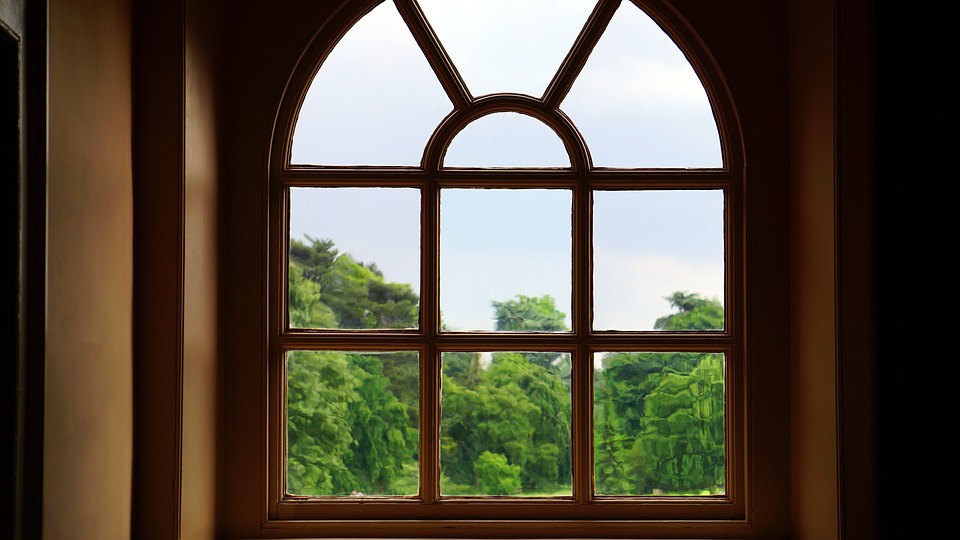When we think about lighting design we often just focus on our homes, good lighting is really important and we know that it doesn’t just help us see, it has a direct effect on our moods and mental well being.
Obviously natural light is the best for our health but it doesn’t stop there. We can fool our minds into believing they are in natural light, even if you are miles under ground. Although what you are doing there, we’ll never know.

Scientists have been studying how light affects human behavior. Looking at color psychology, marketing and light usage in the medical world. There are so many incredibly discoveries and lots of ways lighting designers use light to change our behavior and lift our mood.
In our homes big windows, large patio doors and designer lighting can make a space feel large and airy, while softer, more focused lighting can give the impression of warmth and being cozy. We can change the moods of those in our homes by dimming the lights or using colored LED to create a different feel. Perhaps red to spice up the evening or blue to cool things down.
Color has a huge impact on our emotions and it is surprising how we react to them. The top choices for American homes are blue and green. But studies say lavender is the most calming color and yellow will give you a big energy boost. However if you use yellow lighting in the wrong room, you could end up struggling to sleep. So think about where you are going with your colored lighting. You could opt for a color changing LED bulb under your shades, then you can switch the colors depending on the time of day.
Illuminate the outdoors
Lighting designers have also started using different technology to make us feel safe at night. This is something you could recreate in your own garden. In Granada, Spain a street was lit with white LED instead of the normal streetlights. The public said they felt safer and happier as the streets were clearer. Also at Christmas our cities use lighting to help put us into a festive mood, it is hard to be angry when the Christmas lights start twinkling.
Blue light has also been used in public spaces. In Glasgow, Scotland there was reportedly a drop in crime rates in areas where the streets were lit with blue lights. While one train station in Tokyo, Japan noticed an 84% drop in suicide attempts on platforms lit in blue. There is still a lot of work to be done on lighting design. It seems something as simple as changing the color of public lighting could improve the safety of our outdoor spaces.
It’s well worth thinking more about lighting design when you are designing your home. Not just where you are using it but what color lighting you will use. Maybe you can change the behavior of everyone under your roof if you provide them a calmer and more peaceful illuminated home.
This post is a collaborative effort and may contain relative and relatable affiliate links. All opinions are our own for informational purposes.

